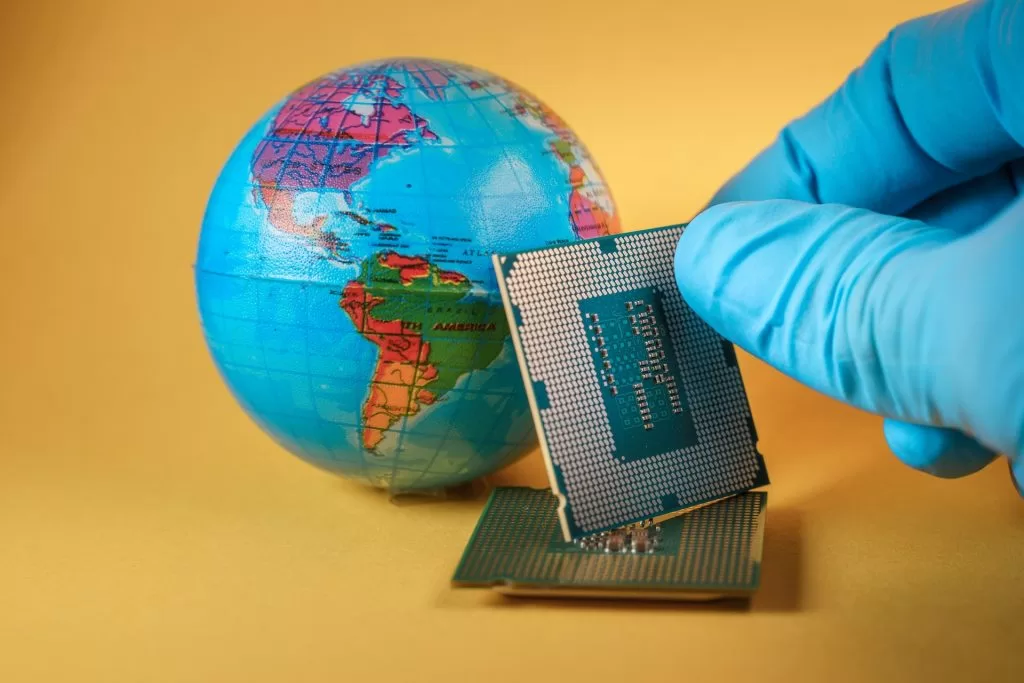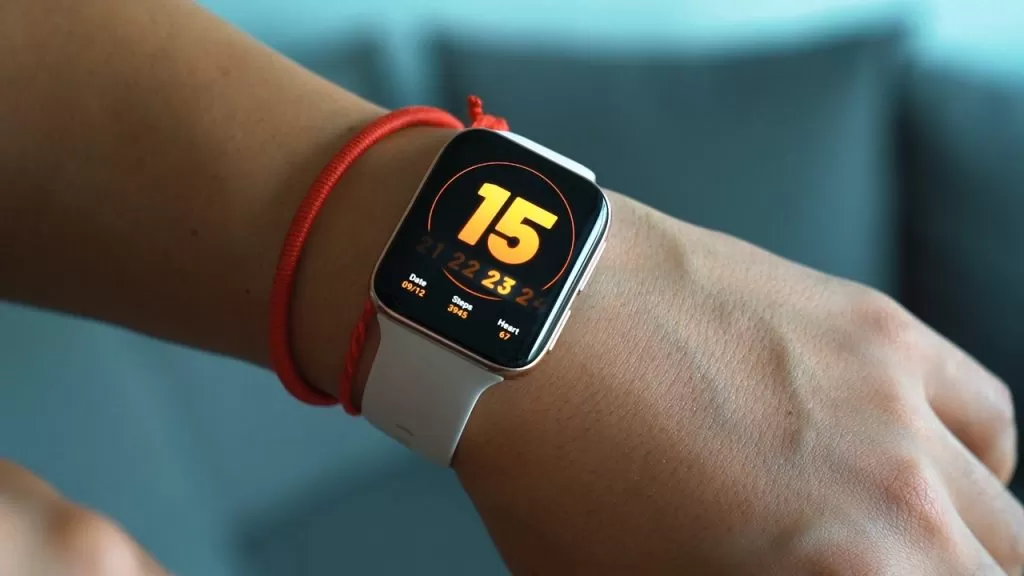
O Game console market is expected to grow by 10% during the year 2022 compared to the previous year, totaling US$ 81 billion. The data are from a study carried out by the consultancy Deloitte, which brings other trends in technological developments for the coming months.
An increasingly solid and powerful gaming market is just one of the items covered in the 20th edition of the lifting Forecasts in Technology, Media and Telecommunications – TMT Predictions 2022. If the last year was marked by a shortage of chips, competition in the world of streaming and wearables with a focus on health, the coming months should bring even more of these universes.
“Some trends that were accelerated in the pandemic period are clearly here to stay and will be expanded; health monitoring devices are examples of this. Other issues, such as the high investments that organizations are making in the metaverse, the streaming market, the advancement of 5G and the regulation of Artificial Intelligence are gaining more and more importance”, highlights Marcia Ogawa, lead partner of Technology, Media and Telecommunications at Deloitte.
Here are the other trends the study predicts.
Game consoles and record revenue
Image: Kamil S/Unsplash
The game console ecosystem celebrates 50 years in 2022, and with the anniversary it also brought record gift revenue, as well as a roster of next-gen devices and a solid foundation for growth. Deloitte Global predicts that the console market will generate $81 billion in 2022, up 10% from 2021. Revenue per console player, of which there will be 900 million by the end of the year, is expected to reach an average of $92 per person — substantially more than the projected $23 per PC player and $50 per mobile player.
Beyond 2022, console software sales are expected to continue growing, reaching close to $70 billion by 2025. During this time, digital game purchases (which include downloads, subscriptions, game passes, and in-app payments) ) should increase proportionately, from 65% in 2022 to 84% in 2025.
Chip shortage continues

Image: Shutterstock
The crisis in the components market will remain throughout this year, with increased demand and barriers to production keeping pace. In addition to delays in deliveries, Deloitte predicts that many types of chips will still be in short supply in 2022. However, the consultancy points out that the crisis will be less severe than for most of 2021 and will not affect all chips.
Deloitte Global also predicts that venture capital firms globally will invest more than $6 billion in semiconductor startups in 2022. This could be just 2% of the more than $300 billion of overall venture capital investment expected for 2022 , but more than three times that injected every year between 2000 and 2016.
The global streaming war

Image: Tumisu/Pixabay
As major streaming providers expand globally, while national media companies create their own home streaming services, increased competition is creating abundant consumer choice – and churn is accelerating as a result. Deloitte Global predicts that by 2022 at least 150 million paid subscriptions to video-on-demand streaming services will be canceled worldwidewith churn rates of up to 30% per market.
Churn rate calculates the number of customers who have abandoned a company’s service or product in a given period of time.
wearable technology in healthcare

Image: Onur Binay/Unsplash
Advances in sensors and AI are helping millions of people detect and manage chronic health conditions and mitigate serious illness. Additionally, these technologies are now small enough to be worn on the wrist. Deloitte predicts that 320 million wearable health and wellness devices will be produced worldwide in 2022, and by 2024 that number could reach 440 million units.
The impact could be even wider if doctors come to trust the devices and people feel their data is safe — both motivations will help drive adoption of such gadgets.
When it comes to mental health specifically, Deloitte notes that there is strong growth in apps in the segment, with global spending approaching $500 million in 2022.
The topic, it is worth noting, has been largely fueled in recent years not only by the fact that nearly 11% of the population (800 million people) live with some type of disorder, but also because the pandemic has exacerbated mental health concerns and triggered declines in well-being, with a dramatic increase in the prevalence of problems such as depression, anxiety and post-traumatic stress symptoms.
Wi-Fi 6 surpassing 5G devices

Image: Shutterstock
Deloitte predicts that more Wi-Fi 6 devices will launch in 2022 than 5G devices, with at least 2.5 billion Wi-Fi 6 devices versus approximately 1.5 billion 5G devices. The reason for this is that Wi-Fi 6, as well as 5G, has a significant role to play in the future of wireless connectivity — not just for consumers, but for businesses as well.
Smartphones, tablets, and PCs are some of the most popular Wi-Fi 6-equipped devices, but Wi-Fi 6 is also used in many others, including wireless cameras, smart home devices, game consoles, wearables, and AR headsets. /VR.
AI and sensitive data management

Image: Gerd Altmann/Pixabay
Driven by the growing urgency to protect data used in AI applications, emerging privacy-enhancing technologies such as homomorphic encryption and federated learning will also experience dramatic growth. Used by leading tech companies already today, the homomorphic cryptography and federated learning market will grow at double-digit rates in 2022 to over $250 million. By 2025, this market is expected to reach US$500 million.
Also, 2022 is expected to bring a big discussion about regulating AI more systematically, with several proposals being made — although enactment of these into actual regulations is unlikely to happen until 2023.
Women gain space, but continue to face challenges

Image: Unsplash
The tech industry is expected to continue efforts to increase gender diversity in tech throughout 2022. Thus, the forecast points to large global companies achieving nearly 33% overall female representation in their workforces this year — a 2-point increase. compared to 2019.
The proportion of women in technical roles will also increase, although it tends to lag behind the overall proportion of women by around 8 points.



